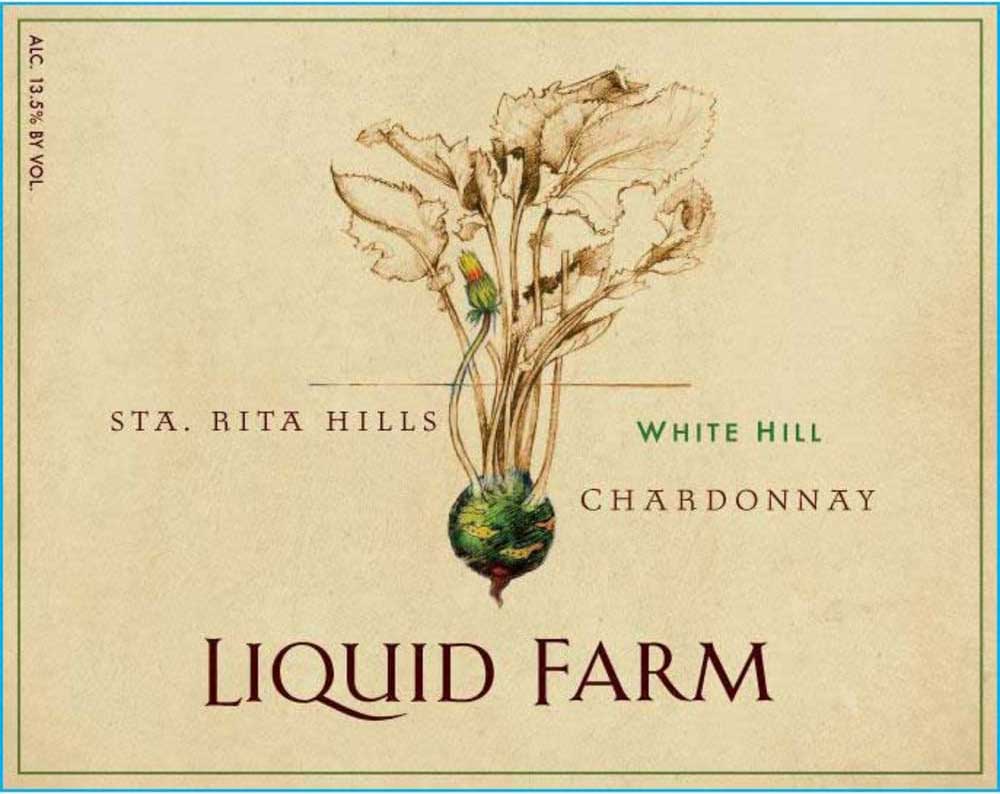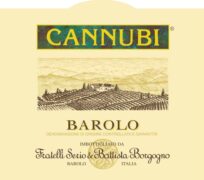Chilean white wines have garnered international acclaim for their remarkable quality and diverse range of flavors. With an ideal climate that combines warm days and cool nights, along with a variety of soil types, Chile has emerged as a significant player in the global white wine market. The country’s unique terroirs allow for the cultivation of a range of white varietals, each with its own distinct personality and character.
At the forefront of Chilean white wines is Sauvignon Blanc, a varietal that has gained a loyal following due to its vibrant acidity and refreshing profile. The cool coastal regions, particularly the Casablanca Valley and San Antonio Valley, provide optimal conditions for Sauvignon Blanc, allowing it to develop intense aromas and flavors. Chilean Sauvignon Blanc often bursts with zesty notes of lime, green apple, and tropical fruits, accompanied by a distinctive minerality that reflects the region’s terroir. Its bright acidity and crisp finish make it an excellent pairing for seafood dishes, fresh salads, and light appetizers, making it a favorite choice for summertime gatherings.
Another standout varietal is Chardonnay, which showcases the versatility of Chilean winemaking. The climate and terroir can significantly influence the style of Chardonnay produced in the country, ranging from crisp and mineral-driven to rich and buttery. In cooler regions like Limarí Valley, Chardonnay typically presents vibrant acidity and flavors of green apple and citrus, often with a subtle oak influence. Conversely, warmer areas like the Maipo Valley produce fuller-bodied Chardonnays with ripe stone fruit flavors and creamy textures. This versatility allows Chardonnay to pair beautifully with a wide array of dishes, from creamy pastas to roasted chicken.
Viognier, although less prevalent than Sauvignon Blanc and Chardonnay, is gaining popularity among Chilean winemakers for its aromatic complexity. Thriving in warmer regions such as Elqui Valley, Viognier produces lush wines with expressive flavors of peach, apricot, and floral notes. The wines are often rich and full-bodied, with a smooth mouthfeel that makes them enjoyable on their own or as an accompaniment to spicy Asian cuisine or rich seafood dishes. The growing interest in Viognier reflects Chile’s commitment to diversifying its white wine offerings and showcasing lesser-known varietals.
Semillon, traditionally associated with sweet wines in regions like Bordeaux, has found a home in Chile, particularly in the cooler coastal areas. Chilean Semillon is characterized by its unique flavor profile, often displaying notes of lemon, honey, and herbaceous undertones. This varietal is known for its ability to age gracefully, developing complex flavors over time. As winemakers continue to experiment with Semillon, it is becoming increasingly recognized for its potential, adding another layer of diversity to Chile’s white wine landscape.
The commitment to sustainable practices in Chilean winemaking also plays a crucial role in the production of white wines. Many wineries are adopting organic and biodynamic methods, focusing on preserving the environment while enhancing the quality of their grapes. This dedication to sustainability not only contributes to the overall health of the vineyards but also results in wines that authentically express the terroir.
In conclusion, Chilean white wines offer a remarkable journey through a diverse array of flavors and styles. From the zesty and vibrant Sauvignon Blanc to the elegant and versatile Chardonnay, each varietal reflects the unique terroir and innovative practices of Chilean winemaking. As wine enthusiasts continue to explore the richness of Chilean whites, they will discover a world of possibilities that highlight the beauty of this remarkable country. Whether enjoyed on their own or paired with delicious meals, Chilean white wines promise an experience that delights the senses and celebrates the artistry of winemaking.





















































